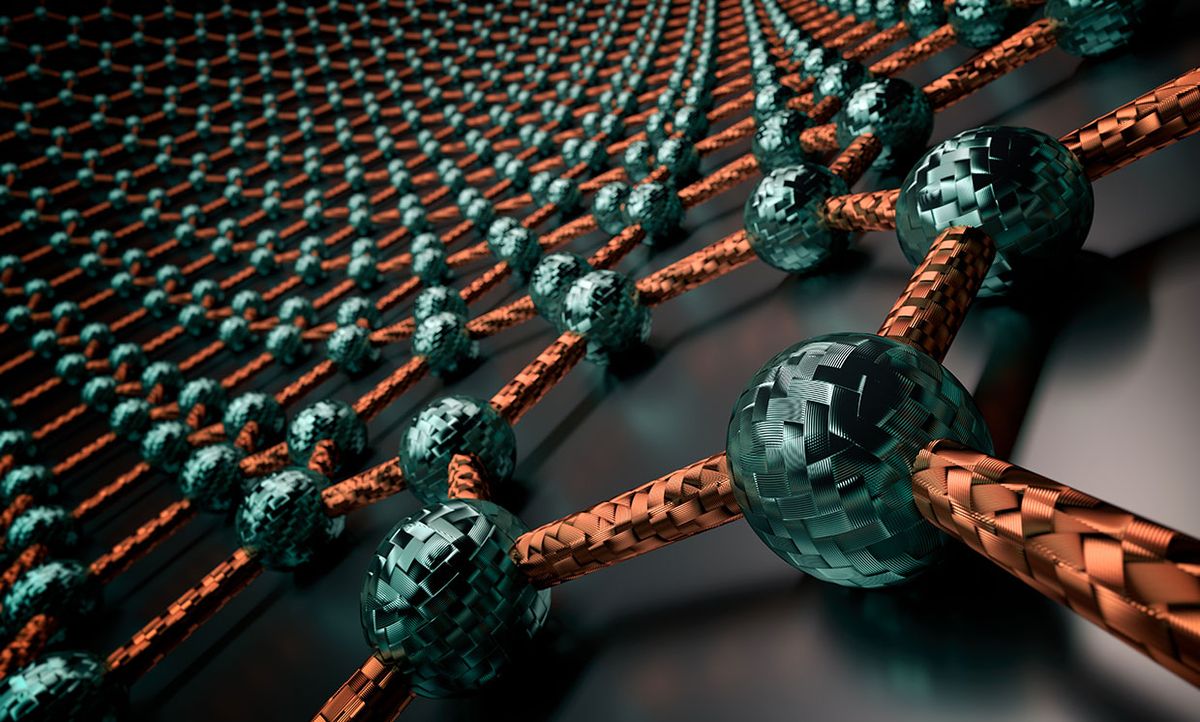Last year, the graphene community was rocked by a series of critical articles that appeared in some high-profile journals. First there was an Advanced Material’s article with the rather innocuous title: “The Worldwide Graphene Flake Production”. It was perhaps the follow-up article that appeared in the journal Nature that really shook things up with its incendiary title: “The war on fake graphene”.
In these two articles it was revealed that material that had been claimed to be high-quality (and high-priced) graphene was little more than graphite powder. Boosted by their appearance in high-impact journals, these articles threatened the foundations of the graphene marketplace.
But while these articles triggered a lot of hand wringing among the buyers and sellers of graphene, it’s not clear that their impact extended much beyond the supply chain of graphene. Whether or not graphene has aggregated back to being graphite is one question. An even bigger one is whether or not consumers are actually being sold a better product on the basis that it incorporates graphene.
Consumer products featuring graphene today include everything from headphones to light bulbs. Consequently, there is already confusion among buyers about the tangible benefits graphene is supposed to provide. And of course the situation becomes even worse if the graphene sold to make products may not even be graphene: how are consumers supposed to determine whether graphene infuses their products with anything other than a buzzword?
Another source of confusion arises because when graphene is incorporated into a product it is effectively a different animal from graphene in isolation. There is ample scientific evidence that graphene when included in a material matrix, like a polymer or even paper, can impart new properties to the materials. “You can transfer some very useful properties of graphene into other materials by adding graphene, but just because the resultant material contains graphene it does not mean it will behave like free-standing graphene,” explains Tom Eldridge, of UK-based Fullerex, a consultancy that provides companies with information on how to include graphene in a material matrix.
Eldridge added: “This is why it is often misleading to talk about the superlative properties of free-standing graphene for benefiting applications, because almost always graphene is being combined with other materials. For instance, if I combine graphene with concrete I will not get concrete which is 200 times stronger than steel.”
This is what leaves consumers a bit lost at sea: Graphene can provide performance improvements to a product, but what kind and by how much?
The Graphene Council (Disclosure: The author of this story has also worked for The Graphene Council) recognized this knowledge gap in the market and has just launched a “Verified Graphene Product” Program in addition to its “Verified Graphene Producer” program. The Verified Graphene Producer program takes raw samples of graphene and characterizes them to verify the type of graphene it is, while the Verified Graphene Product program addresses the issue of what graphene is actually doing in products that claim to use it.
Companies that are marketing products that claim to be enhanced by graphene can use this service, and the verification can be applied to their product to give buyers confidence that graphene is actually doing something. (It’s not known if there are any clients taking advantage of it yet.)
“Consumers want to know that the products they purchase are genuine and will perform as advertised,” said Terrance Barkan, executive director of The Graphene Council. “This applies equally to purchasers of graphene enhanced materials and applications. This is why independent, third-party verification is needed.”
Dexter Johnson is a contributing editor at IEEE Spectrum, with a focus on nanotechnology.



